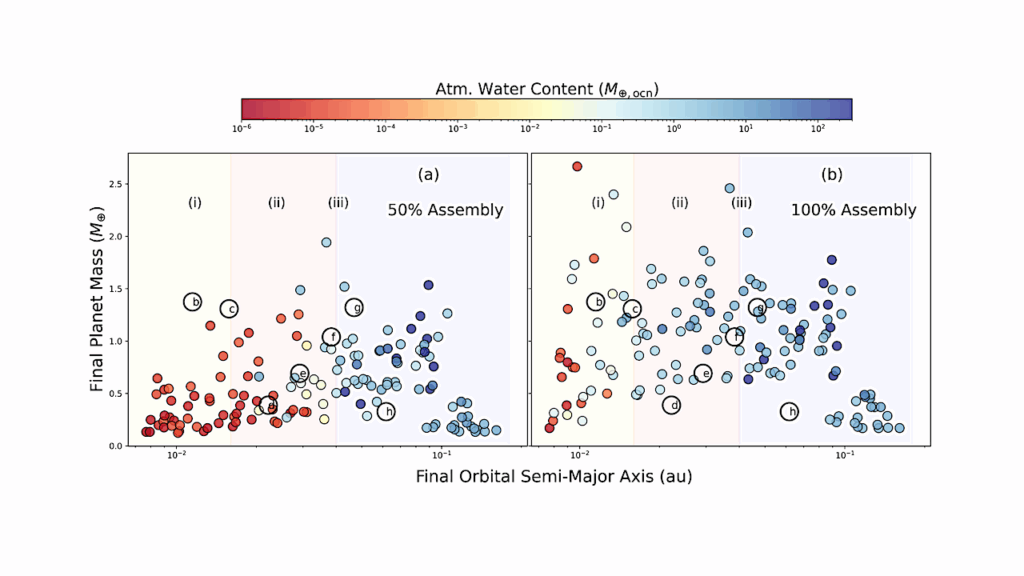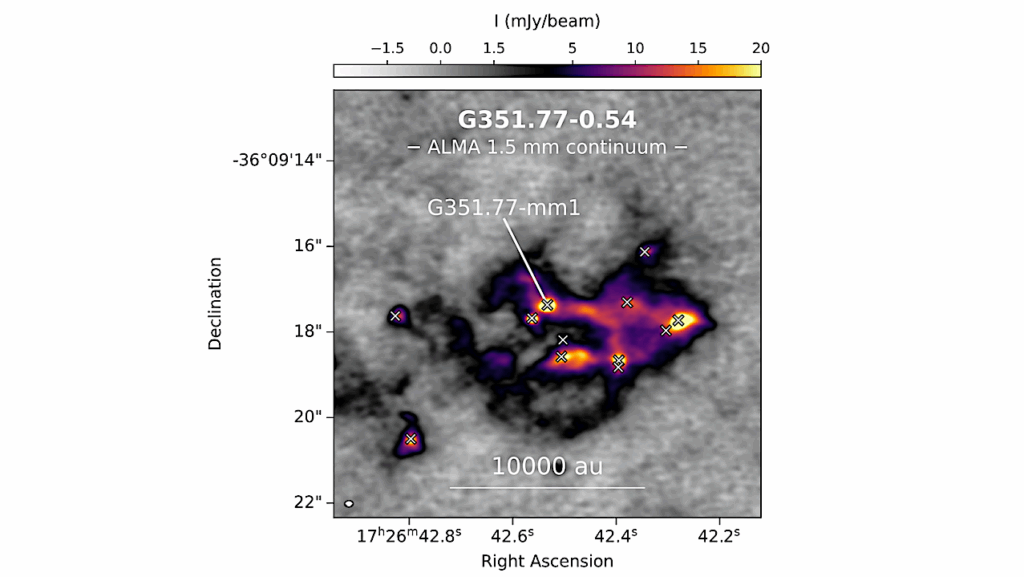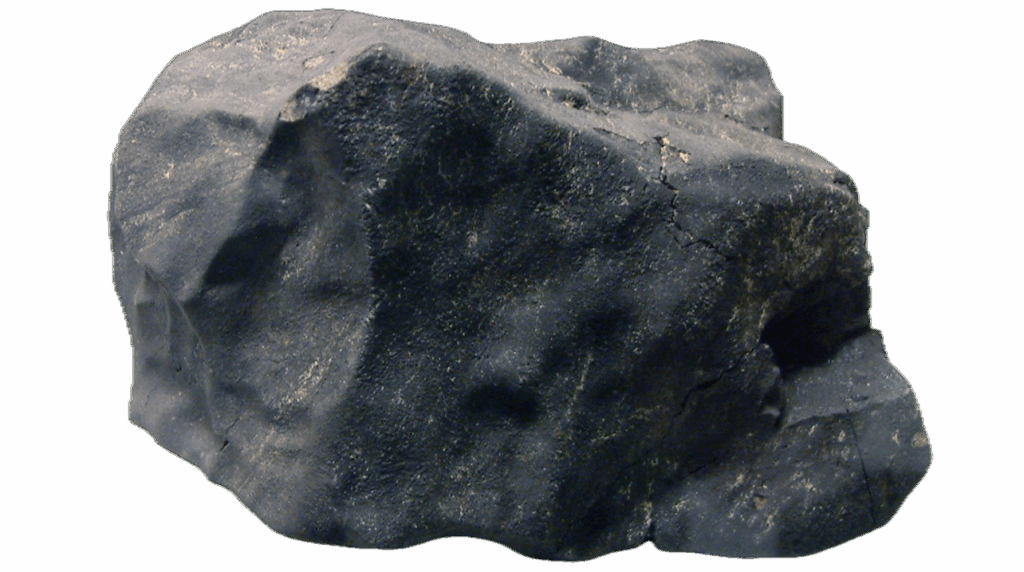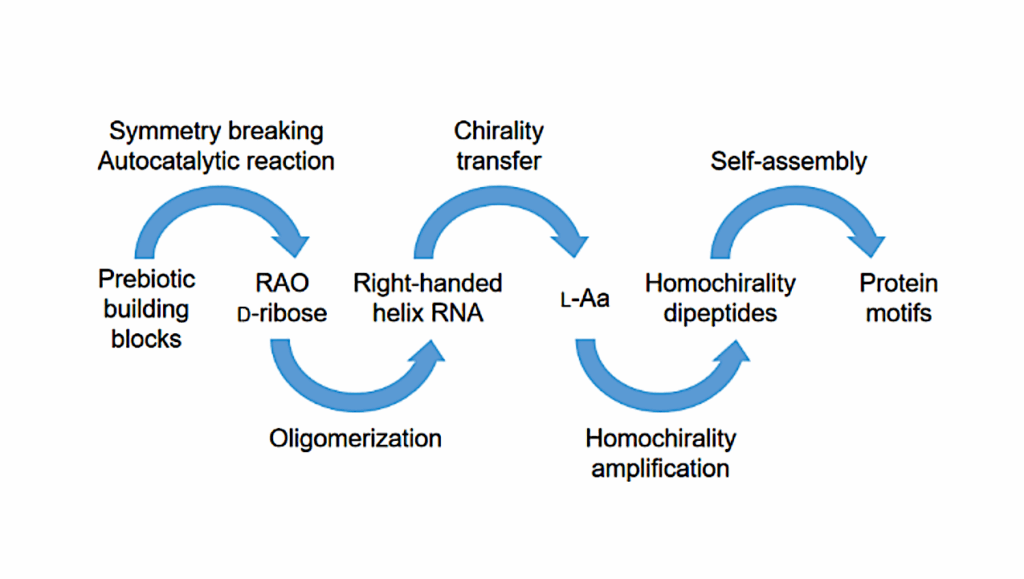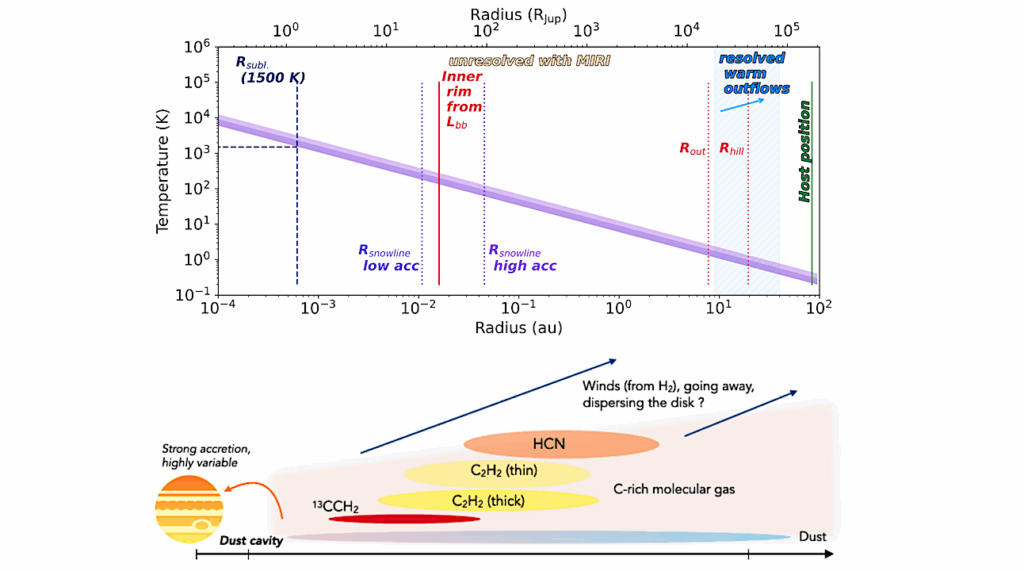Discovery Of Interstellar NC4NH+: Dicyanopolyynes Are Indeed Abundant In Space

The previous detection of two species related to the non polar molecule cyanogen (NCCN), its protonated form (NCCNH+) and one metastable isomer (CNCN), in cold dense clouds supported the hypothesis that dicyanopolyynes are abundant in space.
Here we report the first identification in space of NC4NH+, which is the protonated form of NC4N, the second member of the series of dicyanopolyynes after NCCN. The detection was based on the observation of six harmonically related lines within the Yebes 40m line survey of TMC-1 QUIJOTE. The six lines can be fitted to a rotational constant B = 1293.90840 +/- 0.00060 MHz and a centrifugal distortion constant D = 28.59 +/- 1.21 Hz.
We confidently assign this series of lines to NC4NH+ based on high-level ab initio calculations, which supports the previous identification of HC5NH+ by Marcelino et al. (2020) from the observation of a series of lines with a rotational constant 2 MHz lower than that derived here. The column density of NC4NH+ in TMC-1 is (1.1 +1.4 -0.6)e10 cm-2, which implies that NC4NH+ is eight times less abundant than NCCNH+.
The species CNCN, previously reported toward L483 and tentatively in TMC-1, is confirmed in this latter source. We estimate that NCCN and NC4N are present in TMC-1 with abundances a few times to one order of magnitude lower than HC3N and HC5N, respectively. This means that dicyanopolyynes NC-(CC)n-CN are present at a lower level than the corresponding monocyanopolyynes HCC-(CC)n-CN. The reactions of the radicals CN and C3N with HNC arise as the most likely formation pathways to NCCN and NC4N in cold dense clouds.
M. Agundez, C. Cabezas, N. Marcelino, R. Fuentetaja, B. Tercero, P. de Vicente, J. Cernicharo
Comments: Accepted for publication in A&A Letters
Subjects: Astrophysics of Galaxies (astro-ph.GA)
Cite as: arXiv:2212.06903 [astro-ph.GA] (or arXiv:2212.06903v1 [astro-ph.GA] for this version)
Submission history
From: Marcelino Agundez
[v1] Tue, 13 Dec 2022 21:13:23 UTC (174 KB)
https://arxiv.org/abs/2212.06903
Astrobiology, Astrochemistry



